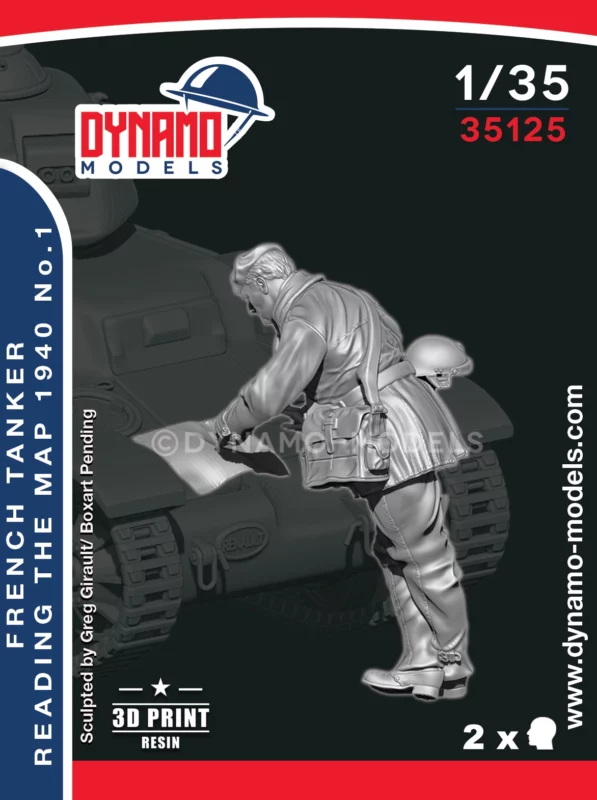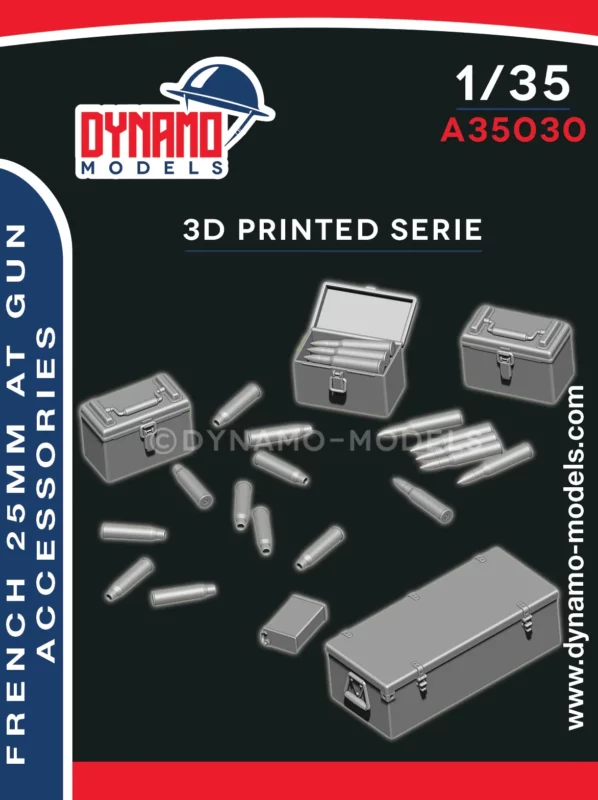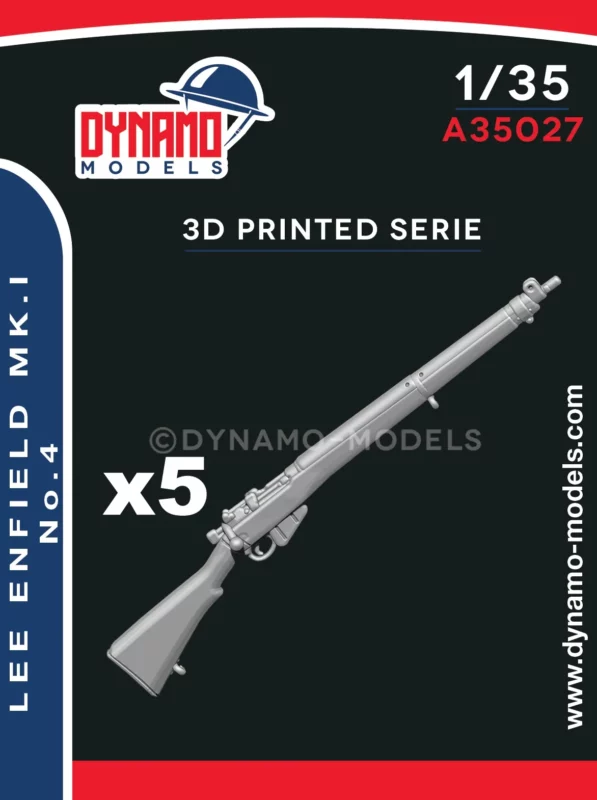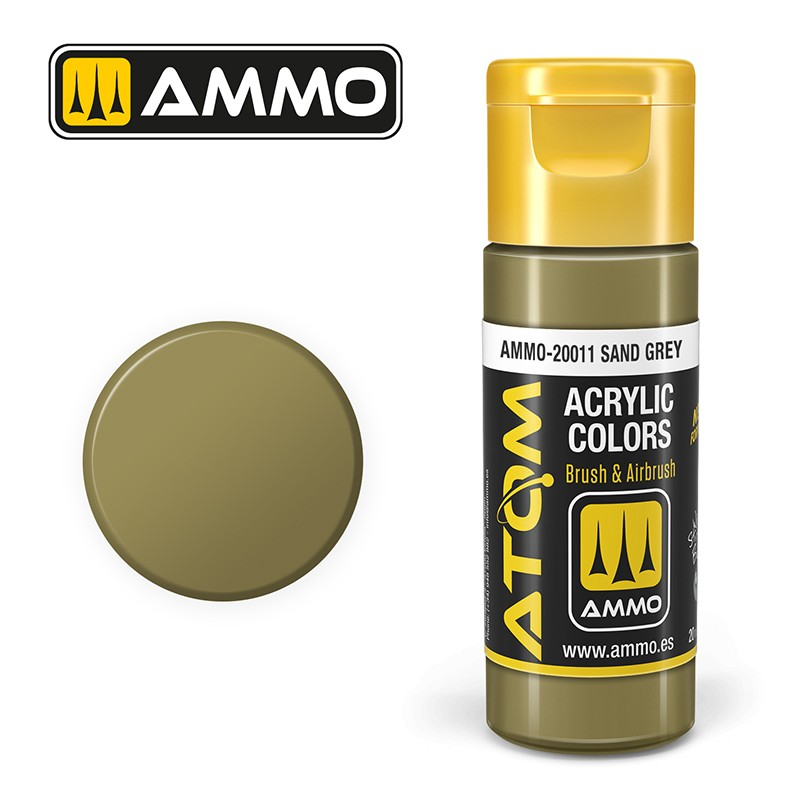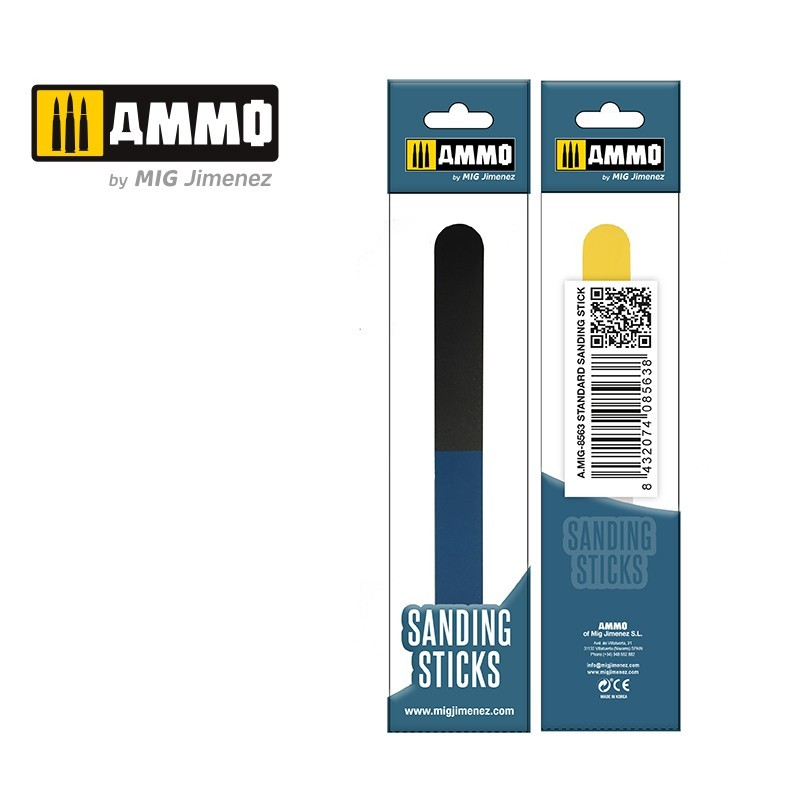NEWEST KITS
NEWEST FIGURINES
NEWEST BUSTS
NEWEST DIORAMA & ACCESSORIES
NEWEST TOOLS
NEWEST MERCHANDISING
T-shirt Chroniques du Blindage
15,00€
Select options
This product has multiple variants. The options may be chosen on the product page






















